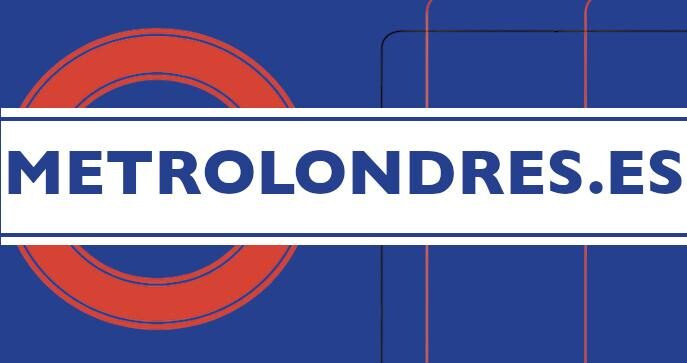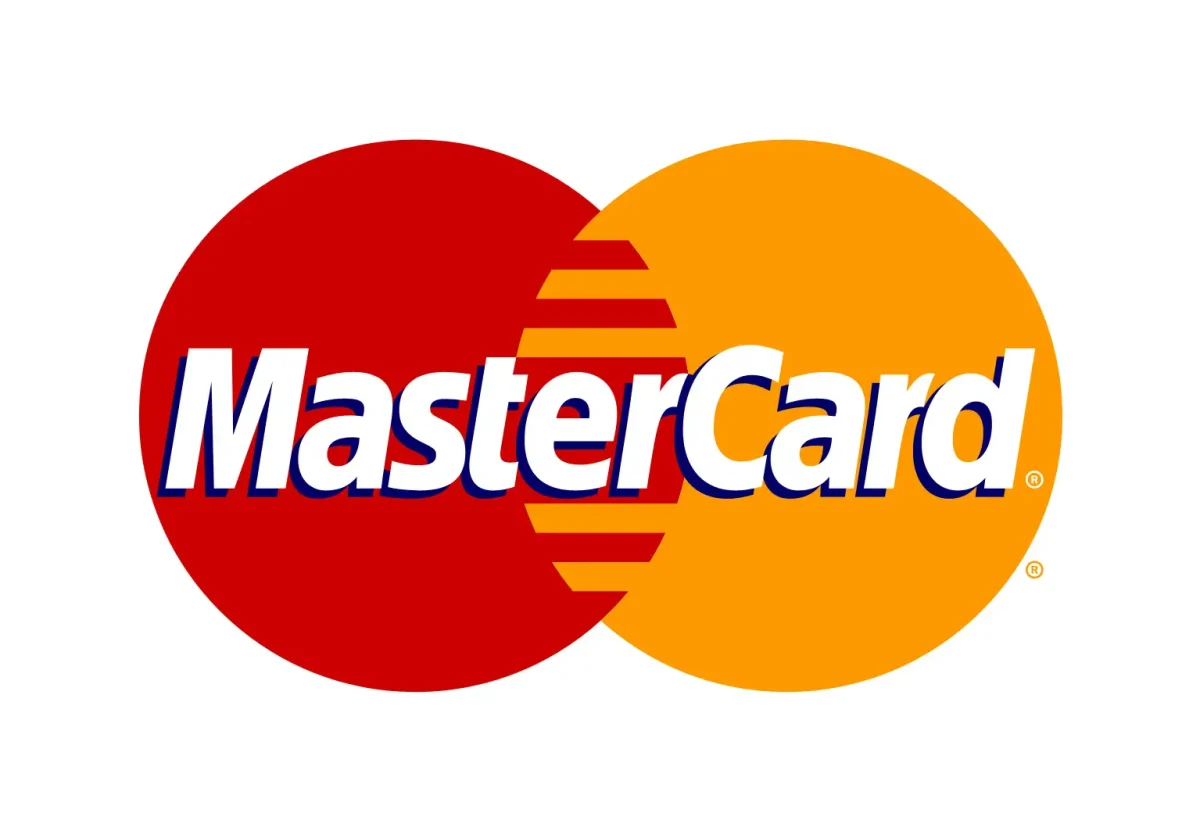Contactless payment has revolutionized the way passengers use public transport in London, especially in the Underground.
This payment system offers a fast, secure, and convenient way to get around the city without the need for physical tickets or specific transport cards like the Oyster Card.
Here, we’ll tell you everything you need to know about contactless payment in the London Underground, including how it works, its advantages, compatible devices, and tips to maximize your travel experience.
What is Contactless Payment?
Contactless payment is an electronic payment technology that allows users to pay for their trips on the London Underground, as well as on other public transport, without the need for cash or dedicated transport cards.
Instead, you can use a contactless credit or debit card, a compatible mobile device, or even a specific payment card like the Oyster Card or the Visitor Oyster Card. In other words, it’s the same NFC-enabled card you’ve likely been using for years and can store in your mobile wallet.
You probably don’t need an explanation because you’ve been using it for years. But just in case, here it is.
The system is extremely easy to use. All you need to do is tap your card or device on the yellow readers located at the entrances and exits of Underground stations.
The system will automatically calculate the total cost of your trips at the end of the day and charge the corresponding amount to your bank account.
This system is particularly useful for tourists and visitors, as it eliminates the need to buy individual tickets or top up transport cards.
How Does Contactless Payment Work in the London Underground?
The operation of contactless payment in the London Underground is very similar to that of the Oyster Card. Here’s how it works step by step:
- Step 1: Entering the station: Upon arriving at the Underground station, simply tap your card or mobile device on the yellow reader located at the entry gates.
- Step 2: Travel: Once you’ve tapped the reader and the gates open, you can access the platform and board your train.
- Step 3: Exiting the station: When you reach your destination, tap your card or device on the yellow reader as you exit the station. This is crucial for the system to correctly calculate your trip cost.
- Step 4: Calculation and charge: At the end of the day, the system sums up all your trips and applies the corresponding fares, including any daily or weekly caps. Then, the total amount is automatically deducted from your bank account.
It’s important to remember that you must use the same card or device to enter and exit the stations; otherwise, you might face additional or incorrect charges.
The following point is extremely important to keep in mind: If you’re using a contactless card issued outside the UK, your bank may apply foreign transaction fees.
Advantages of Contactless Payment
Contactless payment offers several significant advantages, both for residents and tourists in London:
- Convenience: You don’t need to worry about buying or topping up a specific transport card. You can directly use your contactless credit or debit card, or your mobile device with Apple Pay or Google Pay.
- Speed: The payment process is extremely fast, reducing the time you spend at stations and allowing you to access transport more efficiently.
- Security: The system uses advanced encryption technology to protect your financial data. Additionally, small payments typically don’t require a PIN, speeding up the process without compromising security.
- Cost savings: The fares applied are the same as those of the Oyster Card, meaning you get the same savings benefits, including daily and weekly caps that help control your spending.
- Flexibility: You can use contactless payment not only on the Underground but also on buses, trams, the DLR, the Overground, the Elizabeth line, and most National Rail services within London. Additionally, you can use your contactless card to pay in shops, restaurants, and other daily purchases, making it a versatile option.
Compatible Cards and Devices
The contactless payment system in the London Underground is compatible with a wide range of credit and debit cards, as well as mobile devices:
- Credit and Debit Cards: Visa, Mastercard, American Express, and Maestro with contactless technology. Most cards issued outside the UK are also compatible, although it’s recommended to check with your bank for potential fees.
- Mobile Devices: iPhone (with iOS 11 or higher), Samsung Galaxy, and Google Pixel (with Android 5.0 or higher), using Apple Pay or Google Pay.
- Contactless Payment Cards: Oyster Card, Contactless Payment Card, and Visitor Oyster Card. These cards work similarly, but the advantage of the contactless system is that you don’t need to pre-load funds, as the cost of your trips is automatically deducted from your bank account.
Daily and Weekly Fare Caps
One of the greatest advantages of the contactless payment system in the London Underground is the automatic application of daily and weekly fare caps. Commonly known as Capping. This means that after a certain number of trips, you won’t be charged any more for the rest of the day or week, regardless of the number of trips you make. For example:
- Daily Cap: In zones 1 and 2, the daily cap is £7.70. This means that after reaching this amount, you won’t be charged for any additional trips that day.
- Weekly Cap: There is also a weekly cap that is automatically applied if you use the contactless payment system several times throughout the week. This ensures that you don’t spend more than necessary, making public transport more economical.
Tips and Considerations
Here are some tips to ensure your experience with contactless payment in the London Underground is as smooth as possible:
- Use the same card or device: Make sure to use the same card or mobile device when entering and exiting the Underground to avoid incorrect or additional charges.
- Check for bank fees: If you’re using a card issued outside the UK, check with your bank to see if they apply foreign transaction fees. Some cards, like Revolut, are recommended for not having hidden fees.
- Register your card: Consider registering your card on the TfL (Transport for London) website to track your expenses and receive notifications about your trips and charges.
- Individual use: Each person must use their own contactless card. It’s not possible to share a card between multiple passengers during the same trip.
- Familiarize yourself with the fares: Although the system automatically applies the lowest available fares, it’s helpful to familiarize yourself with the standard fares and fare caps to know what to expect in terms of costs.
Security of Contactless Payment
Contactless payment is an extremely secure option for public transport users in London. It uses the same encryption technology as other contactless payment systems, ensuring your data is protected at all times. Additionally, for small transactions, no PIN is required, making the process quick and secure.
However, it’s important to always be mindful of using your card correctly. If you lose your card or believe it has been used fraudulently, you should contact your bank immediately to block it and prevent unauthorized charges.
Alternatives to Contactless Payment
While contactless payment is an extremely convenient option, the Oyster Card remains a viable alternative, especially for those eligible for specific discounts, such as students, seniors, or people with disabilities. The Oyster Card allows you to load weekly, monthly, or annual passes, which can be more economical for those planning to use public transport frequently over an extended period.
Additionally, paper tickets are still available for those who prefer not to use electronic payment systems. However, these tickets are usually more expensive than the fares applied with the Oyster Card or the contactless payment system.
That’s everything you need to know about contactless payment in your beloved London Underground.

